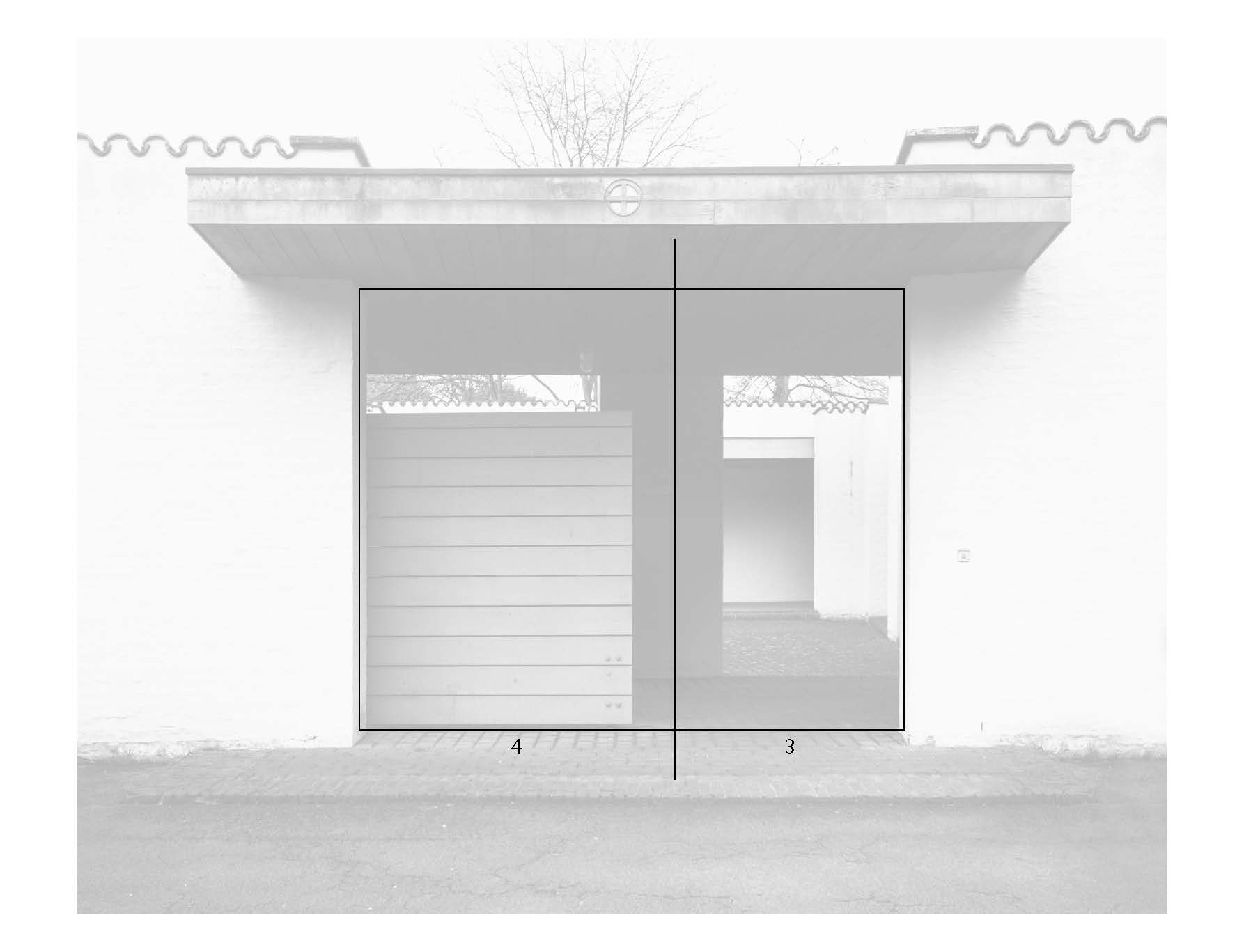7 is divided in 3 and 4.
The difference between 3 and 4 is the minimum difference between two measures, so that one can compare them and name the difference clearly.
The necessary margin between two sizes is 1:4.
Van der Laan named this the PLASTIC NUMBER or GROUND RATIO. 3:4 is an approximation of 1,324718…
Mirror symmetry: in the West we are used to design like this: subdivide a length in equal parts.
This is a static way of approaching design. There is no rhythm or hierarchy, no dynamism or tension. Only counting.




